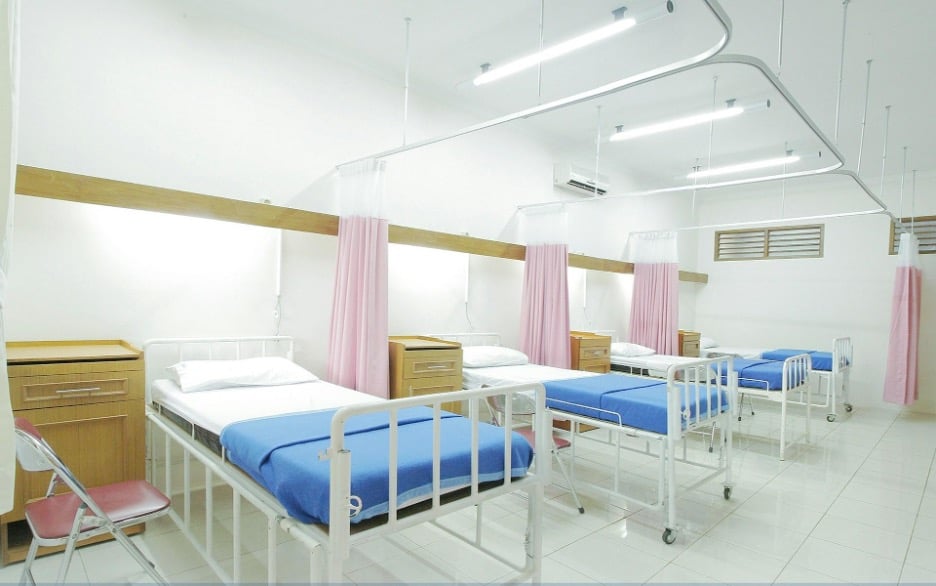
Operational efficiency in hospitals is not just a buzzword—it's a crucial element that can mean the difference between life and death. When hospitals run smoothly, patients receive timely care, healthcare providers experience less stress, and the overall system operates more cost-effectively.
In this article, we will explore key strategies for optimizing operational efficiency in hospitals, focusing on the roles of patient flow, resource management, and technology.
Key Areas in Need of Optimization
Hospitals can dramatically improve their operational efficiency by focusing on several key areas:
- Patient Flow: Streamlining the journey of patients from intake to discharge.
- Patient Transfers: Ensuring smooth transitions between departments.
- Discharge Management: Reducing delays in discharge procedures.
- Bed Flow: Optimizing the use of hospital beds.
- Resource Management: Effective allocation of staff, equipment, and supplies.
- Capacity Management: Using data analytics to forecast and manage demand.
Patient Flow
Patient flow refers to the movement of patients through the hospital system. Effective patient flow ensures that patients receive prompt treatment, leading to reduced stay durations and improved outcomes. For instance:
- Shorter wait times in emergency rooms.
- Faster admissions and discharges, freeing up beds for new patients.
By focusing on patient flow, hospitals can reduce overcrowding and operational costs. Streamlined patient flow also benefits hospital staff by reducing burnout and improving morale.
Patient Transfers
Patient transfers involve moving patients from one location to another within the hospital or to another healthcare facility. Efficient patient transfers free up bed space and other resources, making it easier to handle high-priority cases. Here are some key aspects:
- Clear communication between departments.
- Properly documented procedures for transfers.
- Specialized equipment to ensure safe transport.
Efficient patient transfers are vital for maintaining a high standard of care and ensuring that critical resources are used most effectively.
Discharge Management
Discharging a patient is a complex process that includes several steps:
- Evaluating the patient’s condition to ensure they are ready for discharge.
- Coordinating with family members or other caregivers.
- Providing necessary medical equipment for at-home care.
Optimizing this process can free up beds for new patients needing urgent care. It's crucial to ensure that patients receive all the information and support they need for their continued care after they leave the hospital.
Bed Flow and Resource Management
Bed flow is closely related to patient flow but focuses specifically on the availability and management of hospital beds. Effective bed flow management can help hospitals:
- Reduce waiting times for incoming patients.
- Better manage emergencies.
- Ensure optimal use of available beds.
Resource management involves the strategic allocation of hospital resources such as staff, equipment, and supplies. Efficient resource management can:
- Improve the quality of care.
- Reduce operational costs.
- Prevent staff burnout by ensuring workloads are balanced.
Capacity Management
Capacity management relates to using data and analytics to forecast and prepare for patient demand. This includes:
- Analyzing past data to predict future needs.
- Adjusting resources accordingly.
- Handling unexpected surges in demand.
Data-driven capacity management allows hospitals to make informed decisions about resource allocation, enhancing overall efficiency.
Major Obstacles to Hospital Operational Efficiency
Despite the potential for improvement, several obstacles often impede hospital operations:
- Paperwork-intensive Processes & Inaccurate Data: Manual data entry is time-consuming and prone to errors. Nurses spend between 19% to 35% of their practice time on documentation, detracting from patient care.
- Slow & Ineffective Communication: Outdated systems can delay crucial decisions and create bottlenecks in patient care.
- Lack of Visibility: Without a real-time view of available resources, hospitals struggle to deliver timely care.
- Poorly Defined Care Paths: Unclear standard operating procedures can delay treatment and affect patient outcomes.
How to Improve Efficiency in Healthcare Using Technology
Technology can significantly enhance operational efficiency in hospitals through automation, analytics, cloud computing, and artificial intelligence.
- Automation: Automatically capturing and updating patient data can save valuable time and reduce errors.
- Analytics: Using data analytics allows hospitals to make informed decisions about resource allocation and capacity management.
- Cloud Computing: Centralizing data in HIPAA-compliant repositories ensures that healthcare providers have easy access to up-to-date information.
- Artificial Intelligence: AI can help predict patient needs and streamline care pathways, from diagnosis to discharge.
For example, automation can:
- Reduce the time nurses spend on manual data entry.
- Ensure accurate and up-to-date electronic health records (EHRs).
- Facilitate real-time decision-making.
Hospitals can use Radio Frequency Identification (RFID) tags to track staff, patients, and equipment. Digital twin technology creates virtual replicas of patients for better resource planning. Telehealth services can also expand care delivery, ensuring better adherence to treatment plans.
Conclusion
Optimizing operational efficiency in hospitals requires a multi-faceted approach, focusing on patient flow, resource management, and the integration of advanced technologies. By addressing these key areas, hospitals can improve patient outcomes, reduce costs, and create a more efficient, effective healthcare system.
With the strategic application of technology, hospitals can shift from reactive to predictive care, ultimately enhancing the entire patient experience.
The role of education cannot be understated in achieving this goal. Texas online healthcare programs are producing graduates who are not only clinically skilled but also technologically adept.
These professionals are well-equipped to lead the charge in implementing and optimizing the technological solutions discussed in this article, ensuring that hospitals are prepared for both everyday operations and unexpected challenges.
By focusing on these strategies, including the utilization of advanced technologies and attracting talent from Texas online healthcare programs, hospitals can pave the way for a more efficient and effective healthcare system. This is not just beneficial for hospital management but also crucial for patient care and the well-being of healthcare providers.
This article is part of the HealthManagement.org Point-of-View Programme.





